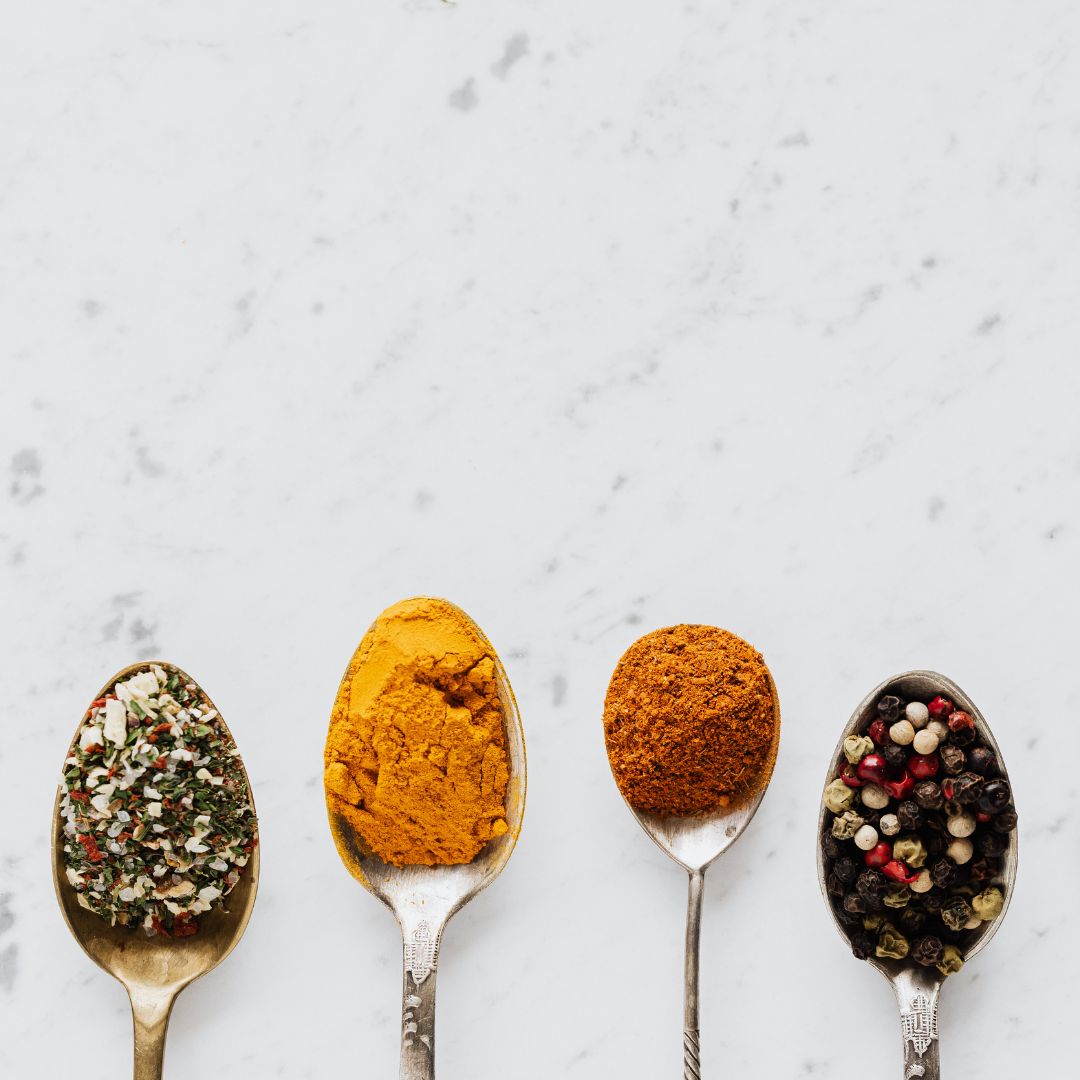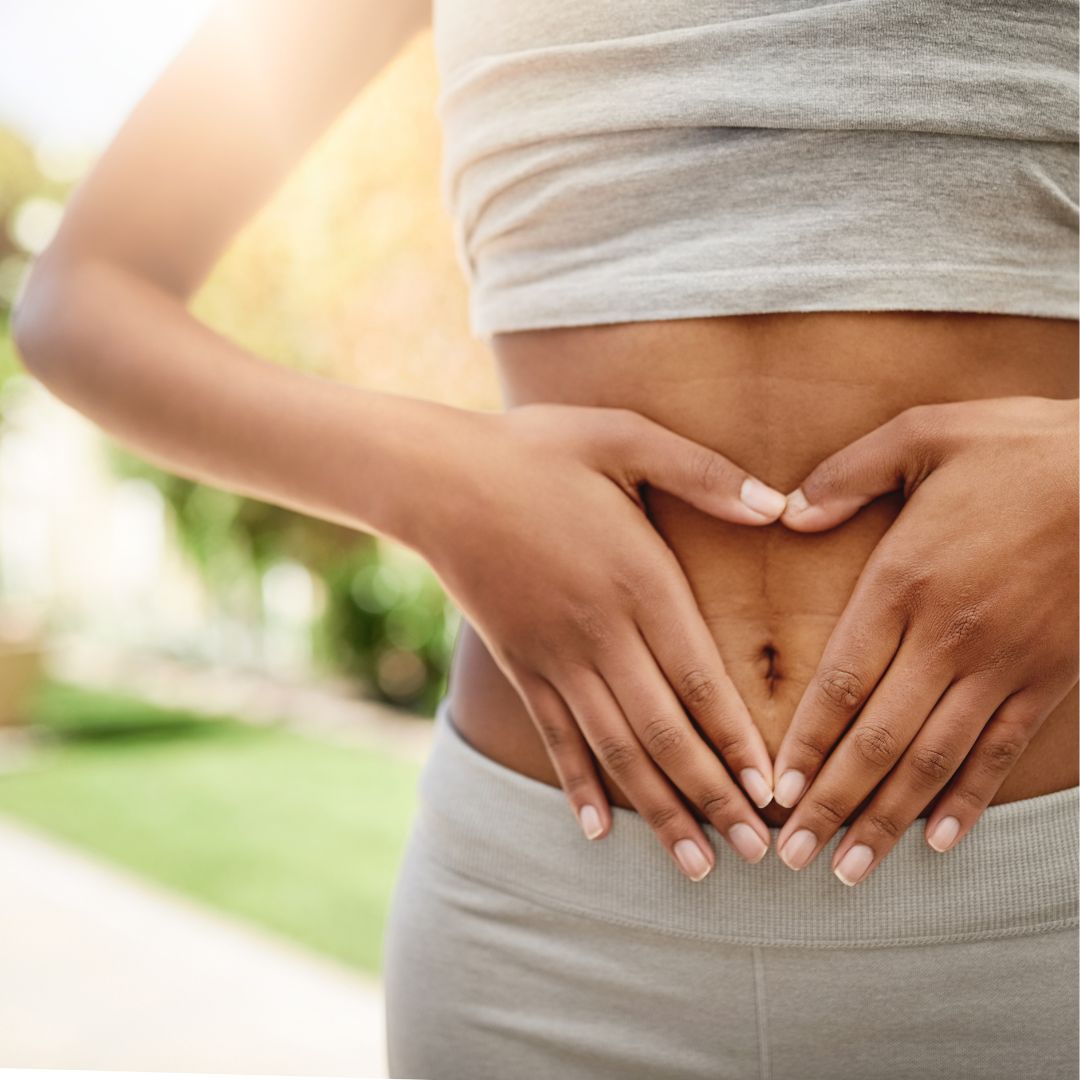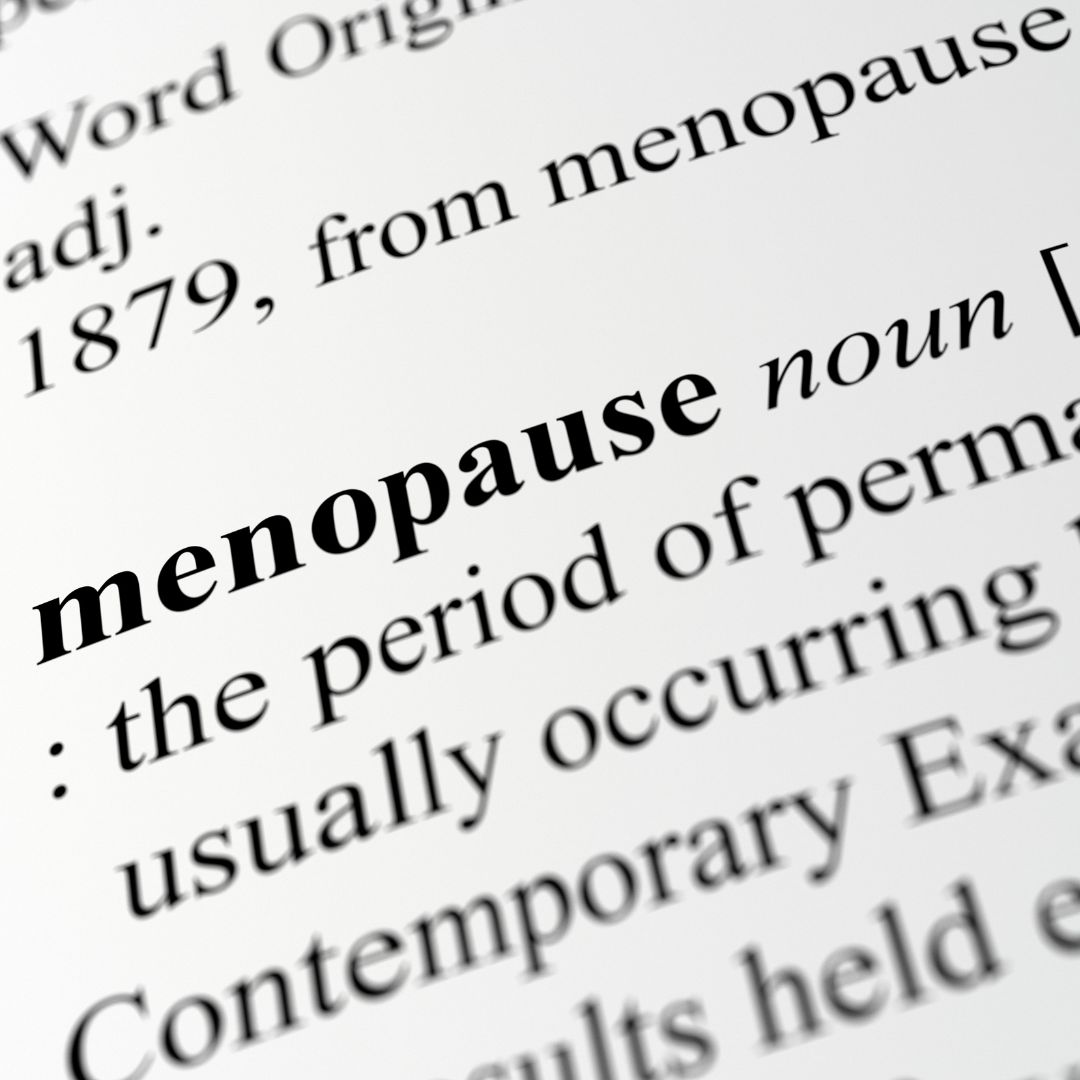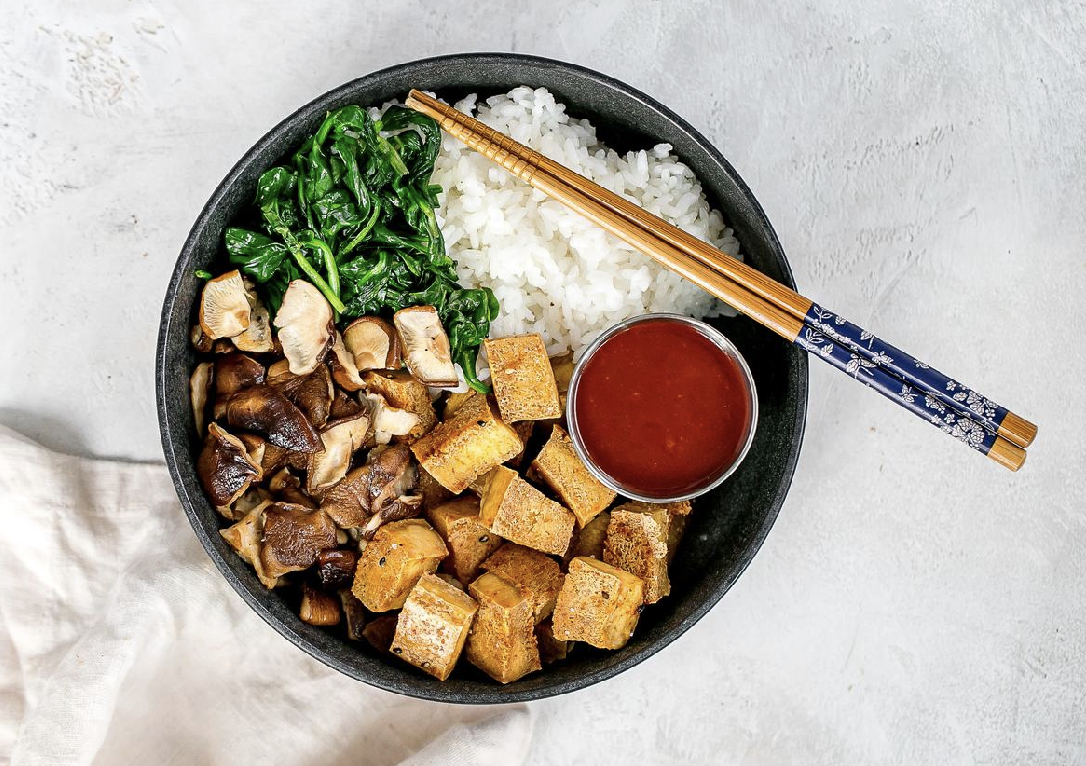
Spice Up Your Immunity
Spicing up your meals isn't just about making them tastier—it's also a clever way to sneak in some immune-boosting goodness onto your plate.
Take garlic, for instance. It's like the superhero of superfoods, armed with allicin, an active ingredient that's a real champ at fighting off viruses. People have been relying on garlic for centuries to give their immune systems a boost. Pro tip: crush, chop, or grate those garlic cloves and let them chill for a bit. This little trick unleashes more allicin, and the best part? It can take the heat, literally.
Now, let's talk herbs. Most of them bring some anti-inflammatory firepower to the table, thanks to their cool phytonutrients. But if we had to pick the top players, oregano and thyme would be up there. Sprinkle these guys into your cooking, and you're not just adding flavour, you're giving your immune system a little extra love.
And who can forget the dynamic spice duo—turmeric and ginger? They're not just culinary rockstars; they're known for boosting your immune system. So, toss them into your recipes for a flavour explosion that comes with a side of immune support.
In the world of cooking, each ingredient is like a superhero bringing something special to the table. So, when you're in the kitchen, think of it as a fun way to treat your taste buds and show some love to your immune system. Happy cooking!

THAI-STYLE CHICKEN SOUP
Did you hear that chicken soup is great when you’re unwell? If you thought it was just an old wives’ tale, you’d be wrong.
Research suggests that a bowl of chicken and vegetable soup can slow the speed at which neutrophils move around your body. Neutrophils are a type of white blood cell and part of the immune system, protecting your body from infection.
When the neutrophils move slowly, there’s a greater chance of them becoming more concentrated in the areas of your body that need the most healing. Studies have shown chicken soup to be particularly helpful in reducing symptoms in upper respiratory system infections.
This lovely soup contains garlic and ginger (known for their antiviral qualities).
SERVES 4
For the paste
1 large red chilli, seeded
1 tbsp fresh ginger, grated
1 tsp ground turmeric
3 garlic cloves, crushed
½ onion, roughly chopped
For the soup
1 tbsp coconut oil
400g can coconut milk
400ml chicken stock
1 tbsp fish sauce
2 chicken breasts, cut into small dice
100g broccoli, cut into small florets
Handful sugar snap peas, halved
Handful of coriander leaves, chopped
4 spring onions, sliced
METHOD

ENJOY ‘HAPPY TUMMY’ FOODS
Did you know that up to 80% of your immunity to germs and disease is in your digestive system? The mucosa-associated lymphoid tissue (MALT) in the gut is part of the first line of immune defence so getting the right balance between beneficial or ‘good’ gut bacteria and the ‘bad’ or potentially pathogenic bacteria is key.
The gastrointestinal tract houses a diverse community —thousands of microorganisms, encompassing bacteria, fungi, viruses, and various microbes collectively known as the gut microbiome. Within this delicate ecosystem, certain microorganisms correlate with favourable health outcomes, while others are associated with less desirable effects.
Optimal gut health, characterized by a rich diversity of beneficial bacteria, is integral to the maintenance of a robust immune system. It assumes a key role in modulating immune responses, ensuring a correct reaction to injury or infection without compromising healthy tissue.
The intricate interplay between gut microbiome and immune system functions bidirectionally. Similar to how the immune system exerts influence on gut health, the gut microbiome significantly impacts immune responses, including specific types of inflammation.
Distinguishing between acute and chronic inflammation is imperative. Acute inflammation, such as our bodies’ reaction following physical injury, is a natural part of our body's self-care mechanism. Conversely, chronic inflammation represents a prolonged and detrimental immune response, associated with heightened risks of conditions such as obesity, heart disease, and type 2 diabetes.
Research shows us that the gut microbiome serves as a central conduit, linking chronic inflammation to these chronic conditions.
Turning attention to our nutrition, we know that an individual approach is essential, as no microbiome is the same! However, there are general principles which underpin a good, diverse microbiome – and thus allowing us to support good working of the body’s immune system.
Emphasizing plant-rich diets, particularly those rich in prebiotics found in foods like asparagus, onions, leeks, garlic, legumes, and whole grains, are a great place to start. Prebiotic foods help to feed the friendly bacteria in our guts.
In addition to this, incorporating probiotic-rich foods is another foundational step. Probiotics, living microorganisms found in fermented foods such as yoghurt, kefir, kimchi, sauerkraut, aged cheddar, and kombucha, play a role in enhancing gut microbiome diversity and fostering the proliferation of beneficial microorganisms. Being consistent in consuming these types of foods is key.
In summary, the symbiosis between gut health and the immune system is like a symphony, orchestrated by the gut microbiome. Understanding and nurturing this relationship, particularly through good diet choices, is foundational to a good immune system.
If you are having any gut issues and want to chat further, why not book in a call with me? Here’s the link.
.png)
One Pan Chicken Thighs, New Potatoes and Broccoli
Brassicas, such as broccoli, are excellent for supporting natural oestrogen detoxification. I always ask my midlife clients to include a portion of broccoli or cauliflower every day with their dinner!
And here’s an easy recipe. This is everything in one pan – super quick and not much washing up. An ideal midweek meal for a midlife woman!
Serves 4
Ingredients
Method:

My Top 5 Tips for Managing the Menopause
I work with women in clinic every week to help them manage their symptoms and live how they want to. I use a combination of health questionnaires and testing to get to the bottom of what may be driving their specific symptoms.
But despite how differently they are feeling, or the different hormonal imbalances they may have, there are 5 areas that I always work on:
WATCH WHAT YOU EAT
One of the tragedies about menopause is the realisation that you really cannot get away with eating the same foods you used to. Your body has changed, and you need to learn to eat for this new way of being. Why?
The drop in oestrogen levels that occurs during menopause has a side effect of redistributing body fat and excess pounds start to settle around the waist. On top of that, the change that happens in relation to oestrogen and progesterone at this stage of life is also likely to make your body less sensitive to insulin, the fat storage hormone. This is produced in response to you eating carbohydrates.
When the body’s cells are less sensitive to insulin, more insulin is needed to do the same job, and more insulin produced means more fat stored. There are also lifestyle factors to consider. Muscle mass diminishes with age while fat increases.
That means it’s more important than ever to switch from whatever kind of diet you’re on now to a low GL (glycaemic load) diet that balances your blood sugar levels. This means you will be eating foods that do not trigger insulin secretion in response to what you eat.
A blood sugar balancing diet like this focuses on REAL food: meat, fish, eggs, tofu, lentils, beans and chickpeas, lots of veg, some fruit, nuts, seeds and wholegrains.
You won’t feel hungry – promise – but, if this is a long way from where you are now, I’d love to help you move to this way of eating. Work with me and it will feel easy rather than an uphill struggle or – worse still – devoid of all those little props you have used to get yourself through these trying times.
EAT FUNCTIONAL FOODS
On one level, the food you eat can help balance your blood sugar and energy levels. On another it keeps you feeling satiated and also nourishes you. The cherry on top is to use the very subtle yet magical powers of food to help support your body in times of need.
At this time of your life, that means phytoestrogens. Phytoestrogens are plant-based chemicals (the good kind), which are structurally similar to oestrogen and exert a weak oestrogenic effect. They include soy beans, lentils, beans, chickpeas, tofu, barley, rye, oats, alfalfa, apples, pears, carrots, fennel, onion, garlic, sunflower seeds, flaxseeds, liquorice root.
MANAGE YOUR STRESS
Cortisol is one of the main stress hormones and it can cause weight gain, and feel both tired and miserable as well as using up stores of important vitamins.
You probably already know that dwindling oestrogen levels are one of the main factors behind your symptoms. However, the effects of stress can be just as debilitating.
DO THE RIGHT EXERCISE
As the weight creeps on, it’s very common for women to start getting into the types of exercise that are very punishing on the body, like running and high intensity interval training.
What do I mean by punishing? These very intense forms of exercise stress the body and, if your body is already stressed, it’s just too much. Yoga, Pilates, Zumba and other dance-based classes are good, and don’t knock a decent walking workout.
Resistance/ strength exercise (weights) is also good to help with the loss of muscle. Strength training also helps you shore up bone, maintain balance, and avoid injury—important for protecting your skeleton both now and when you’re older.
AVOID TOXIC CHEMICALS
Chemicals in your body care products – anything from shampoo and conditioner to body wash, body lotion and other moisturisers – contain chemicals like parabens, sodium lauryl/laureth sulphate, ureas and the like.
At this time in your life, you really don’t want to be overloading your body. These toxins place an additional stress on the body, can damage the cells in your body that produce insulin, disrupting its action (and not in a good way), can impair thyroid hormones and place extra burden on the detoxification system.
If you’d like to know more about how diet and lifestyle changes can help with your symptoms, or you’d like to explore testing, why not get in touch? You can book a free call here.

Tofu Bibimbap
Research shows that phytoestrogens, found in foods such as tofu, can be helpful in relieving menopause symptoms in some women, particularly Asian women.
So, this is my (rough) take on a Korean staple, using delicious tofu. This is a firm family favourite here, and a quick midweek meal.
Serves 4
Method:
![]()
Please get in touch and find out more - I offer a free 30-minute exploratory call.